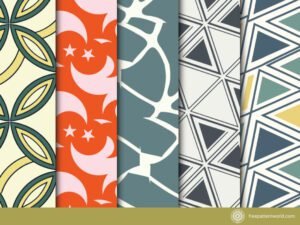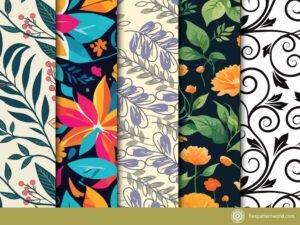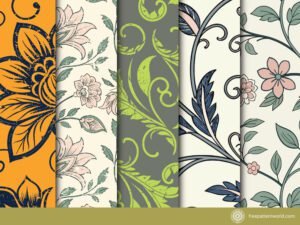
Table of Contents
Science Pattern– Science and art often intertwine in fascinating ways, and nowhere is this more evident than in pattern design. The intricate structures and harmonious repetitions found in nature, physics, chemistry, and mathematics can serve as stunning inspirations for creative design. From molecular structures to fractals, scientific concepts lend themselves beautifully to pattern creation, making them ideal for a wide range of projects, from textiles to graphic design. In this blog post, we’ll explore the top 5 science-inspired pattern designs that have captured the imaginations of both artists and scientists alike.
Molecular Structures Science Pattern
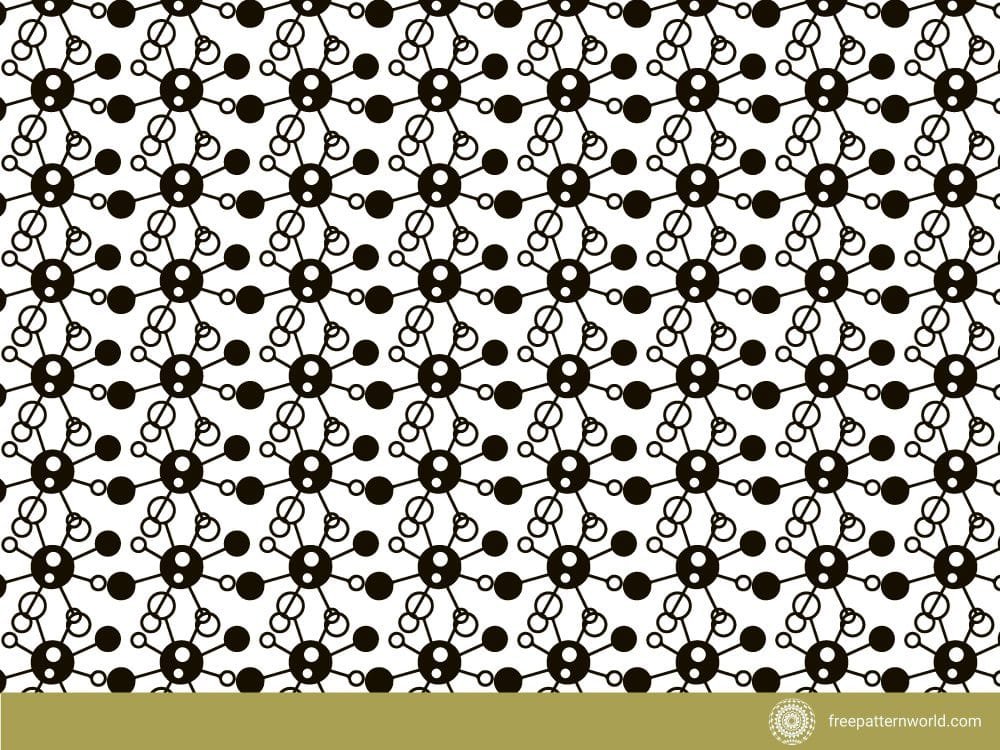
Overview: Molecular structures, particularly representations of DNA, proteins, and other compounds, are a favorite for science-inspired pattern design. The complex geometric arrangements of atoms and bonds make for visually striking designs, and they are often used in fields such as fashion, home decor, and educational materials.
Why Choose Molecular Structure Patterns?
- Unique Geometry: The hexagonal and lattice-like structures create a modern, sleek appearance.
- Educational Value: These patterns can be a great conversation starter, sparking interest in chemistry and biology.
- Versatility: Molecular designs can be used in a variety of ways, from subtle, monochrome patterns to bold, colorful designs.
Fractal Patterns
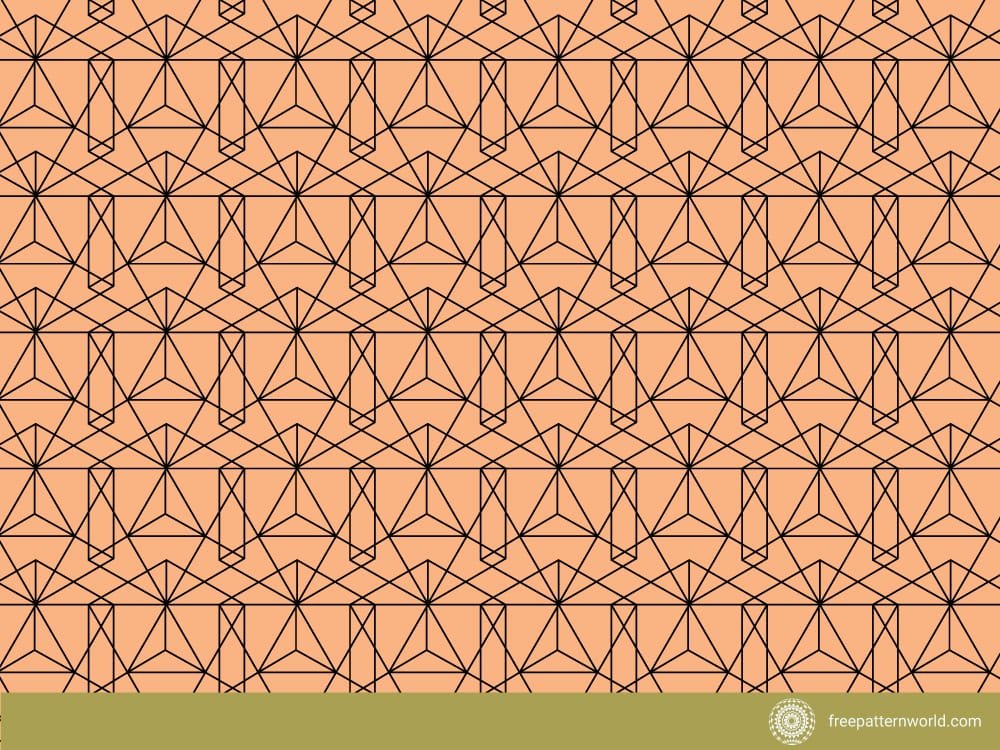
Overview: Fractals are complex patterns that are self-similar across different scales, meaning the same pattern repeats no matter how closely you zoom in. Famous examples of fractals include the Mandelbrot set and natural phenomena like snowflakes, tree branches, and coastlines. Fractal patterns have a hypnotic quality and are widely used in both scientific modeling and artistic design.
Why Choose Fractal Patterns?
- Infinite Complexity: Fractals can be incredibly detailed, with endless repetition that draws the eye.
- Mathematical Beauty: Fractals showcase the beauty of mathematics in a visually engaging way.
- Nature-Inspired: Many natural forms, such as ferns, seashells, and river networks, follow fractal geometry, making these patterns feel organic.
Celestial Science Pattern (Stars, Galaxies, and Planets)
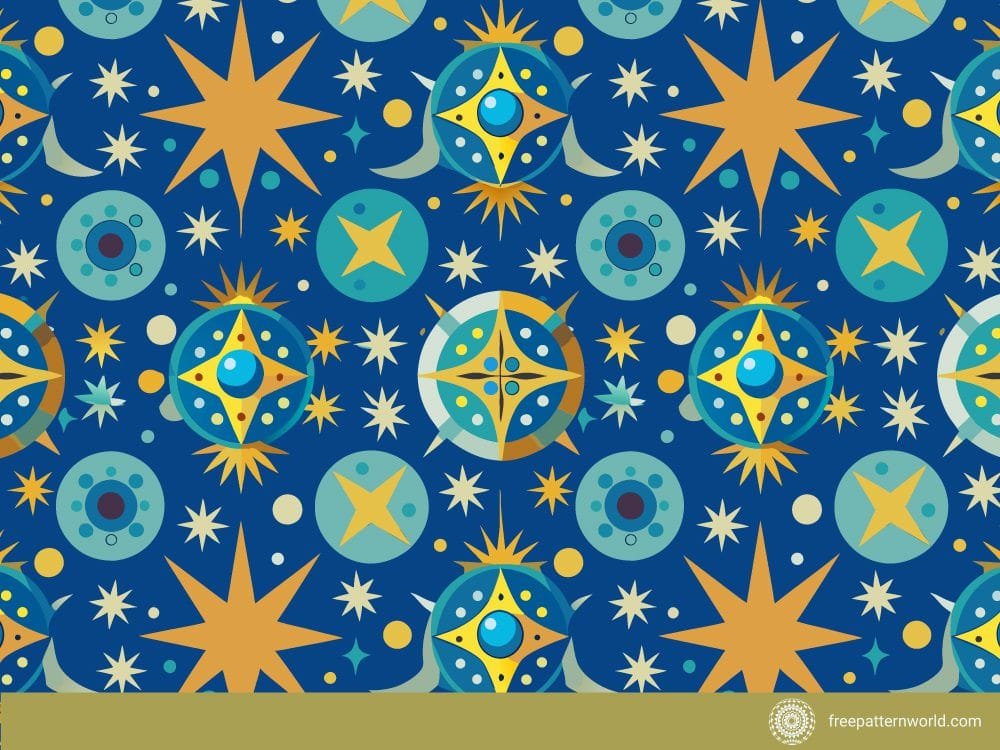
Overview: The vastness and beauty of outer space have inspired humans for centuries, and celestial patterns are a timeless design choice. From star constellations and planets to swirling galaxies, these patterns bring a sense of wonder and mystery, making them popular in fashion, home decor, and even architecture.
Why Choose Celestial Patterns?
- Timeless Appeal: Celestial designs evoke a sense of awe and curiosity about the universe.
- Stylish and Trendy: Space-inspired patterns are often used in modern fashion and design for their sleek, futuristic look.
- Customizable: These patterns can range from minimalistic star charts to vibrant, swirling galaxies.
Fibonacci Sequence Patterns
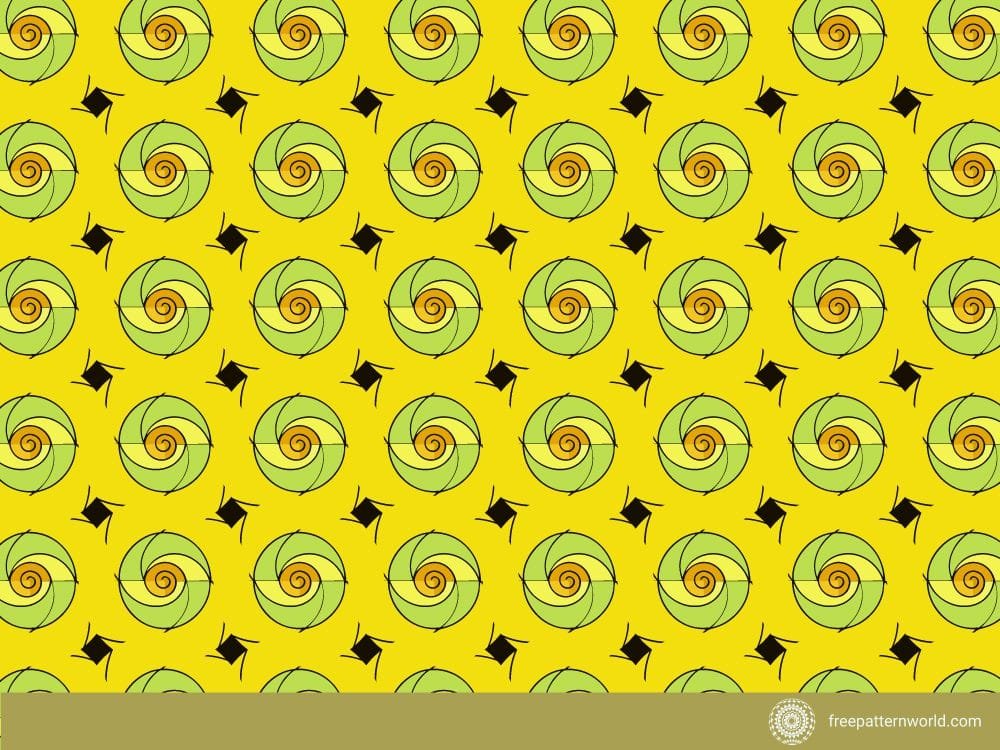
Overview: The Fibonacci sequence, where each number is the sum of the two preceding ones, appears in many natural phenomena, from the spirals of shells and hurricanes to the branching of trees. This mathematical sequence has long fascinated artists, designers, and scientists alike, and its spiral structure lends itself perfectly to pattern design.
Why Choose Fibonacci Patterns?
- Harmonious Design: The Fibonacci sequence is renowned for its natural beauty and perfect proportions.
- Universally Appealing: Since the Fibonacci spiral appears in nature, it resonates with people on a subconscious level.
- Versatile Aesthetic: You can use the Fibonacci spiral as the base for minimalistic designs or more intricate, layered patterns.
Wave Patterns (Sound and Light Waves)
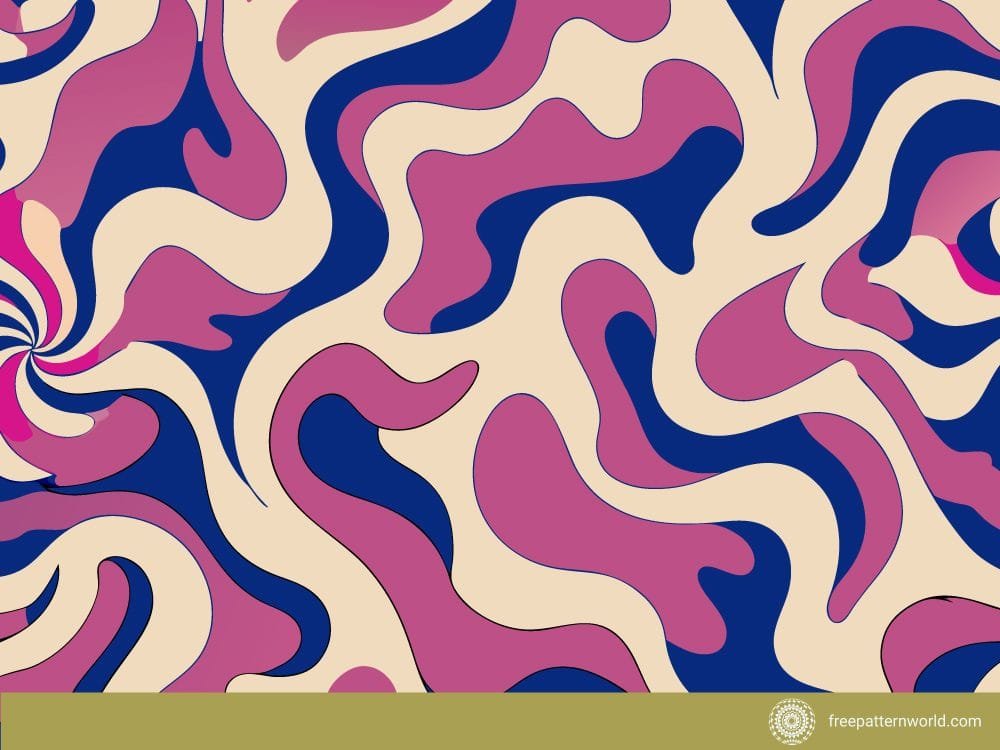
Overview: Wave patterns, inspired by the motion of sound, light, or water, provide a rhythmic and fluid aesthetic that is visually soothing. These designs are often used in scientific illustrations, but they also have a broad appeal in fashion, textiles, and graphic design.
Why Choose Wave Patterns?
- Fluid and Dynamic: Wave patterns create a sense of movement and energy, making them visually captivating.
- Scientific and Artistic: Waves are a fundamental concept in both physics and nature, blending the boundaries between science and art.
- Customizable: You can create wave patterns that range from simple sine waves to more complex interference patterns.
Science offers endless inspiration for pattern design, with concepts ranging from molecular structures to fractals and waves. These designs not only provide visual interest but also connect art and science, reminding us of the beauty and complexity of the world around us. Whether you’re a designer looking for fresh ideas or a science enthusiast wanting to bring the wonders of the natural world into your work, these top 5 science pattern designs offer a perfect starting point for your next project. Let your creativity flow as you explore the intersection of science and design!
To download more Click here.
Download more free designs from freepatternword and freepik
Support Us with Crypto!
If you enjoy our content and want to help keep this site running, you can support us with crypto. Your support is appreciated!
USDT(TRC20): TSW1iyNhUHiGvc2VdQvZqkqgCTGvdrnsY7
Bitcoin: 38ZHQNkrbZKYJhbLeFZiCrQdR3C2ddtAzV
ERC-20: 0xe1BD9D788256905c6efFd38333A3fF1b6DE3ce67
What are science pattern designs?
Science pattern designs are artistic representations inspired by scientific concepts such as molecular structures, fractals, waveforms, and mathematical sequences like the Fibonacci spiral. These designs merge the beauty of science with creative art, resulting in unique patterns used in fashion, home decor, digital art, and more.
How are molecular structure patterns used in design?
Molecular structure patterns replicate the shapes of molecules, atoms, and chemical bonds, creating geometric, hexagonal, or lattice-like designs. These patterns are popular in textiles, fashion items like scarves and t-shirts, home decor, and even educational materials to make science visually engaging.
What makes fractal patterns special in design?
Fractal patterns are characterized by their self-similarity at different scales, which means the pattern repeats infinitely no matter how close you zoom in. Their intricate complexity and hypnotic visuals make them popular for digital art, textiles, and large-scale art installations.
Why are celestial patterns so popular?
Celestial patterns, featuring stars, planets, and galaxies, evoke a sense of wonder about the universe. Their timeless appeal, combined with their ability to be customized (ranging from minimalistic star maps to vibrant galaxies), makes them popular in fashion, home decor, and stationery.
What is the Fibonacci sequence and how is it used in design?
The Fibonacci sequence is a mathematical series where each number is the sum of the previous two. It forms a spiral shape that appears in nature (e.g., shells, flowers). Designers use the Fibonacci spiral for its harmonious proportions in architecture, jewelry, fashion, and graphic design.
Can science patterns be used in home decor?
Yes, science-inspired patterns are widely used in home decor, such as pillows, curtains, and wall art. Molecular structures, fractals, and celestial designs can bring a modern, intellectual, and stylish aesthetic to interior spaces.
Are these patterns suitable for educational purposes?
Absolutely! Science pattern designs can make educational materials more engaging and visually appealing. Molecular patterns, fractals, and waveforms can help students grasp scientific concepts in a creative and accessible way.
Do I need specific tools to create these science patterns?
es, depending on the pattern, you might need design software such as Adobe Illustrator, Photoshop, or specialized fractal and molecular design tools. Many online tools also allow you to generate Fibonacci spirals, fractals, or molecular models.
Where can I apply science pattern designs in my creative work?
Science pattern designs are versatile and can be applied to various creative projects, including clothing, accessories, digital art, stationery, branding, and even architecture. They are ideal for projects that blend creativity with intellectual themes.

